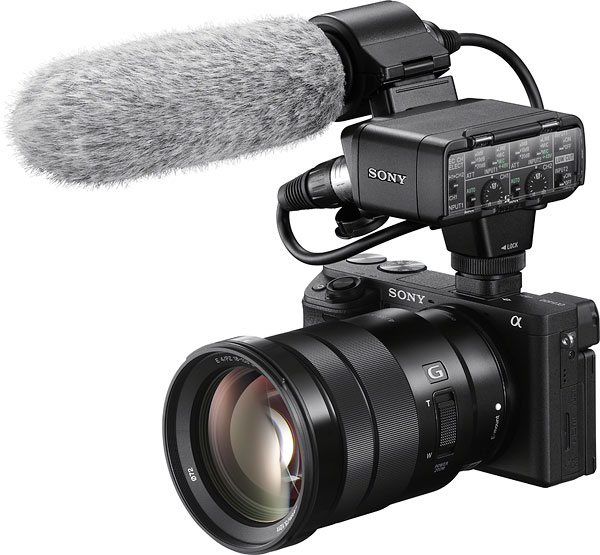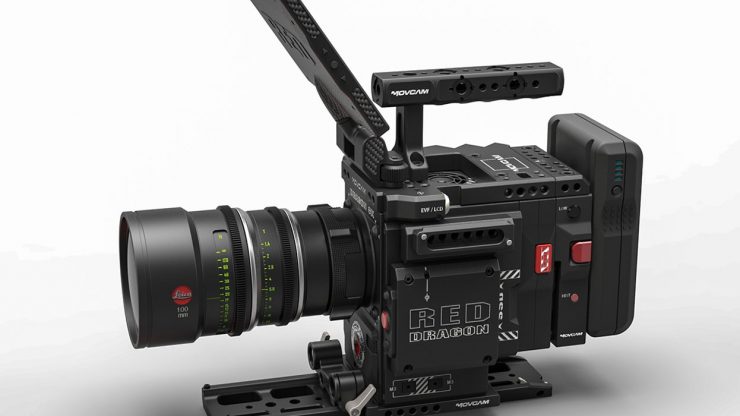week 6
SOURCING AND CREATING ASSETSAudio, e.g. music, narration, sound effects
Audio within video production is an element that can often be overlooked and underestimated in its impact and necessity. Audio assets can provide drama, detail, and emotion to a sequence if applied well. The clips can be created separately from a video clip as discussed earlier in this unit area. The use of Foley sounds can provide intimate detail to a production, for example, the recording of an esports player in a championship may have lots of background noise, however, the separation of the sound and the overlaying of another sound of a specific recording of keyboard keys being struck could enhance the clip.
Audio assets can be found on a number of websites offering them for free under the creative commons license, to paid royalty-free/copyright-free purchases.
Below is a list of some of the websites that offer sounds;
https://soundbible.com
https://www.bensound.com
artlist.io/
https://www.youtube.com/c/audiolibrary-channel/featured A youtube channel offering sounds
A popular youtube channel about content creation discusses some of their favorite sounds sites.
Video, e.g. effects, filler, archive footage
The creation of video clip segments to create a video product is common practice in video development. This often occurs in films where locations are used to capture segments and sequences of a film, classic examples of this can be found in the Lord of the Rings where the recording of a number of sections of the film was done in New Zealand.
In some places video productions work with archived footage, this is content that may have been created in old features for a specific purpose, for example, old British Pathé newsreels of world war 2 being used in educational productions or even within a computer game as a cut scene between two levels.
Effects can be downloaded from online sources and applied to footage that gives the impression that the clips are older than their creation dates. Some video editing software has effects filters and plugins as part of their environments, these can be useful to blend clips together.
Video clips can also be used from repositories on the internet where individuals and companies create simple segments and sequences for people to use in their work.
Below are some examples of video repos online
Graphics and images, e.g. logos, titles, photos
The use of graphics in video productions can add value to the information being presented. However, careful consideration should be applied when selecting these.
Let us take the following brands below;
 Image taken from: https://logos-world.net/mcdonalds-logo/
Image taken from: https://logos-world.net/mcdonalds-logo/
 Image taken from: https://fr.openfoodfacts.org
Image taken from: https://fr.openfoodfacts.org
The graphics and typography used in these brands are deliberate, they have been selected to present the brand in a way that suggests fun, warmth, opulence, and indulgence. Now let's think about the audiences that they are pointing to, this could be children and parents for the McDonalds brand, then, the mints, well its appearance suggests that they are for those that like posh chocolate and they could be expensive so possibly more of an adult target audiences.
HOWEVER!!
If we were to swap these graphics, typography and colours over the suggestion would be that McDonalds could be a fancy burger outlet and as a result, the products it sells may carry a premium price. Whereas the chocolate may now appeal to younger audiences and it could be set at a reasonable price point.
As you can see the importance to the selection of graphical assets and elements within the production can present the final production as something geared towards a different target audience than what was originally intended.
There are a number of sources that provide Graphical resources external to the production environment some of these are listed below;
Graphics
-- FreeIMG -- Vecteezy -- Pexels -- Pixabay --
Typography and Fonts
-- DaFont -- Font Awesome --
Graphical Templates
-- MixKit -- Tutplus --
How is it done using Adobe Premier Pro?
Using video hardware and software
When creating a video for a production you are able to use a number of different devices to do so. No longer is it the requirement to use high-end, expensive specialist hardware to capture quality video! Nowadays we have this in the palm of our hands.

However, if you did want to use professional hardware you are able to use devices like DSLR (Digital Single Lens Reflex) which are capable of creating videos of 4K 60 or even 4K 120 frame rates (Slowmotion).

Industry-standard cameras include the RED which can shoot video of 8K and with high framerates, typically these might be used in cinematography and high-end productions.
Archiving and using file name conventions.
The creation of the footage for video production can be intended for singular use and as a result, once processed may not be required, however, no footage should be deleted, this should be archived. As you may have seen in the previous weeks within this unit samples of videos can resurface for educational, informative, or general entertainment purposes in another production, days, weeks, months or even decades later. How this footage is archived is important as the cataloging of the asset is vital to any search for it or materials like it. If we look at the built-in Microsoft Windows file property option when you right-click a file we can see that we have a few options available to us.

Physical file naming can use any number of conventions and this may be enforced by any video editing company or organisation, however, as a rule of thumb, the standard file name that comes with the original file is not one that should remain.
The addition of detail like the date, the camera it was shot on, the frame rate, and the definition can appear within the name along with a short description of the clip. for example
1-12-22--A6400--120FPS-4K-Ball Bounce.mp4
Whichever convention is used it is important to stick to this for the entire project as consistency will enable productivity and speed to be applied to the process of creation.
Last Updated
2022-12-14 14:57:56
English and Maths
English
Maths
Stretch and Challenge
Stretch and Challenge
- Fast to implement
- Accessible by default
- No dependencies
Homework
Homework
Equality and Diversity Calendar
How to's
How 2's Coverage
Anonymous Assessment - Learners assess an anonymous piece of work containing deliberate mistakes against given success criteria.
Anonymous Assessment - Learners assess an anonymous piece of work containing deliberate mistakes against given success criteria.
Links to Learning Outcomes |
Links to Assessment criteria |
|||||||||||||||
|---|---|---|---|---|---|---|---|---|---|---|---|---|---|---|---|---|
B2 Pre-production |
|
Files that support this week
Week 5→
Next 5Week 6→
Next 6Week 7→
Next 7←
Prev5